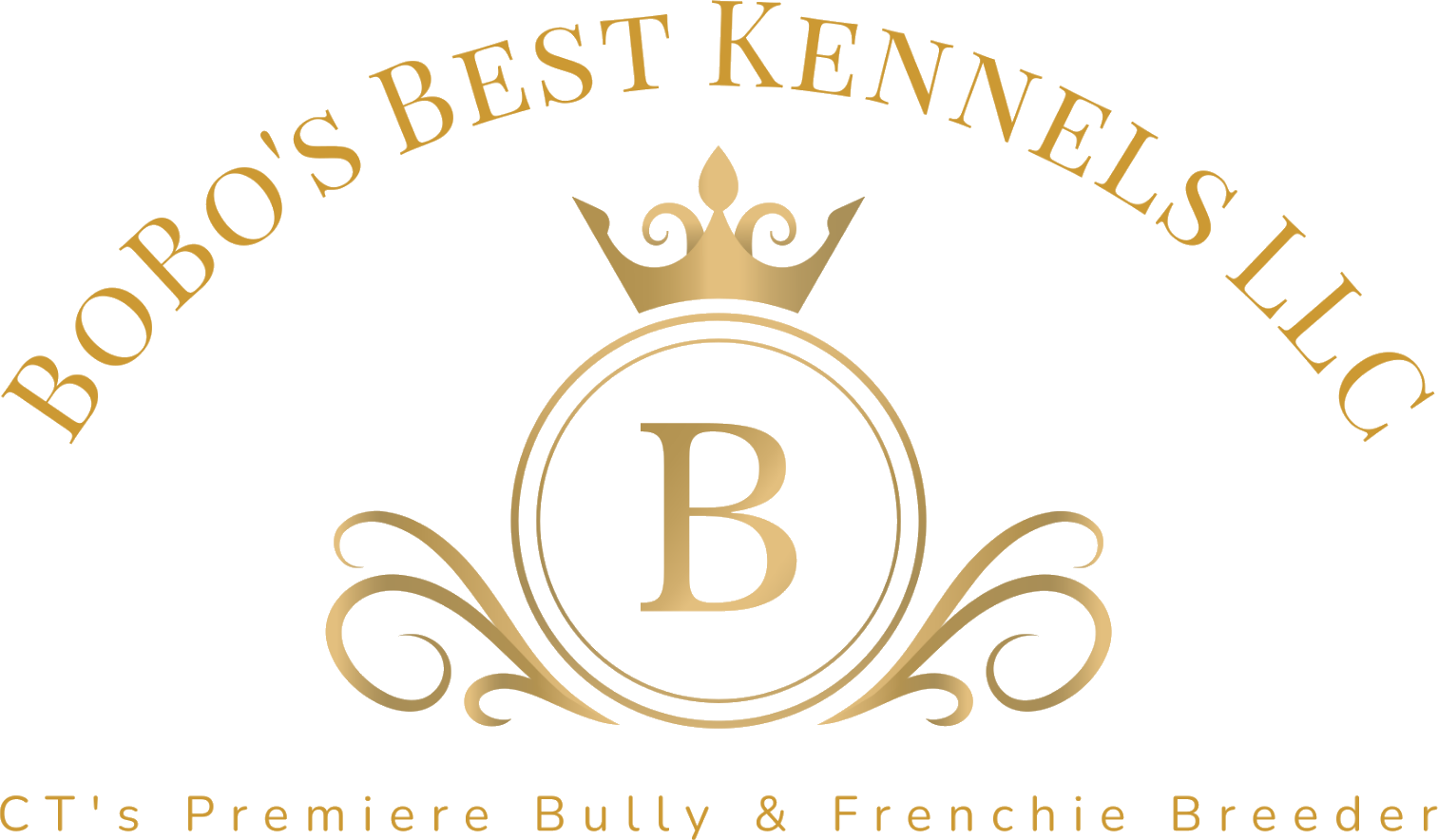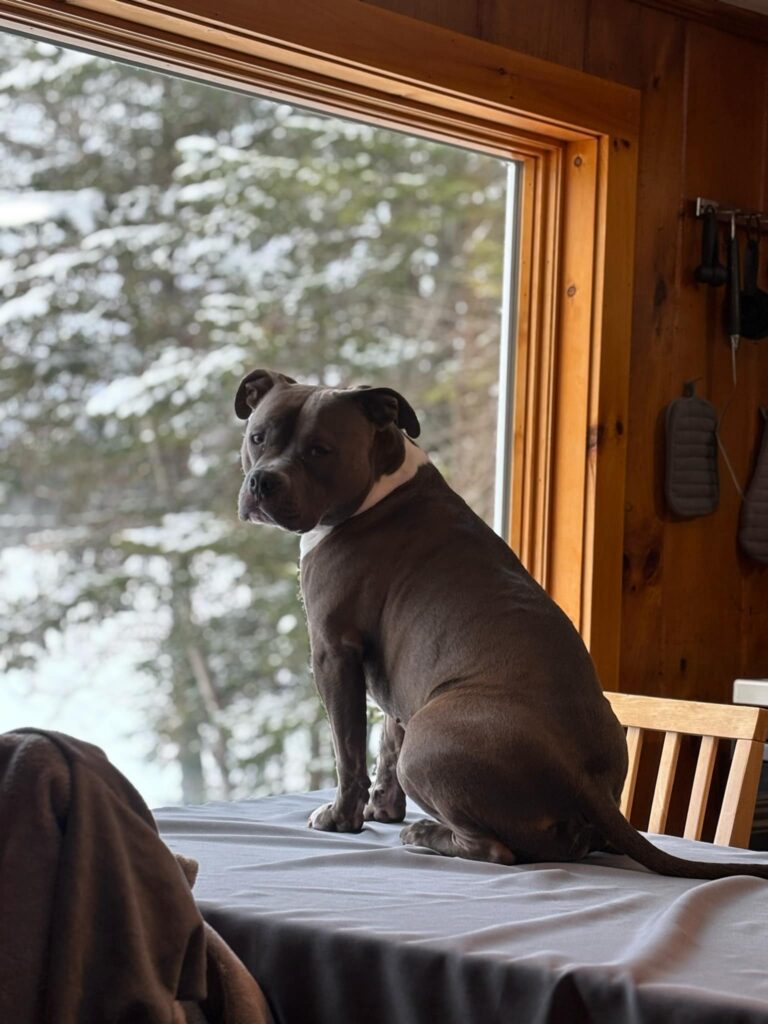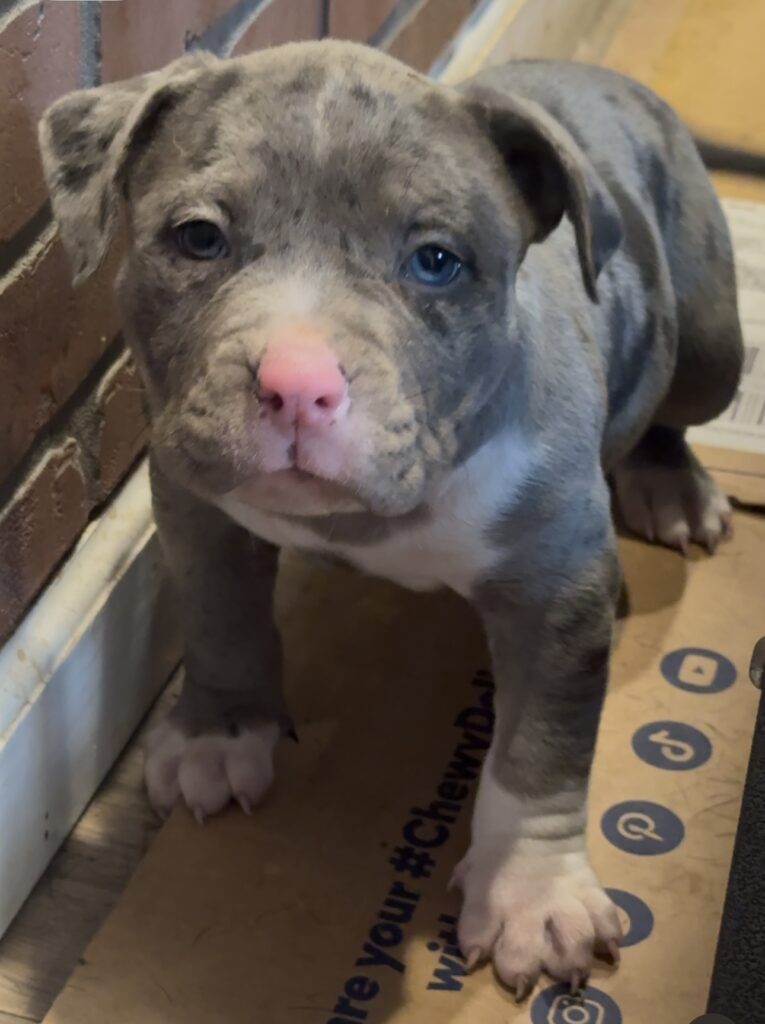At BoBo’s Best Kennels, we know dogs are more than pets — they’re family. That’s why it’s
heartbreaking (and frustrating) when your beloved companion turns into a four-legged
wrecking crew the moment you walk out the door. From shredded couches to constant
barking, separation anxiety and destructive behavior are among the top behavioral
concerns for modern dog owners.
But don’t worry — you’re not alone, and your dog isn’t “bad.” They’re communicating the
only way they know how. This guide is packed with practical advice, proven strategies, and
some humor (because, let’s face it, your dog chewing through drywall is wild) to help you
get back to a calm, happy, and chew-toy-only household.
What Is Separation Anxiety in Dogs?
Separation anxiety occurs when a dog becomes overly attached to their owner and panics
when left alone. It’s common in rescue dogs, puppies, and high-energy breeds like the
American Bully, French Bulldog, Labrador Retriever, and German Shepherd — all of
which need a healthy mix of structure, affection, and stimulation.
Common Signs of Separation Anxiety:
• Destructive chewing, digging, or scratching
• Barking, howling, or whining excessively
• Pacing or restlessness
• Accidents in the house (even when house-trained)
• Attempting to escape crates or rooms
• Drooling or panting more than usual
If this sounds familiar, your dog isn’t misbehaving — they’re scared, stressed, and unsure
how to cope.
Why Does Separation Anxiety Happen?
Dogs are social animals. In nature, they’d rarely be alone. Domesticated dogs rely on us for
emotional security, especially when they haven’t been taught to self-soothe or entertain
themselves.
Root Causes:
• Lack of early independence training (especially in puppies)
• Sudden schedule changes (returning to work, travel, etc.)
• Recent rehoming or adoption
• Loss of a family member or another pet
• Breed tendencies (some breeds are more prone to attachment issues)
Destructive Behavior: Anxiety or Boredom?
While separation anxiety often leads to destruction, boredom and pent-up energy are also
major culprits. Dogs with insufficient exercise or mental stimulation will find creative ways
to entertain themselves. (Your couch doesn’t stand a chance.)
High-Risk Breeds for Destructive Behavior:
• American Bully – Strong jaws, smart minds, and energy to spare.
• French Bulldog – Mischievous and clever, especially when under-stimulated.
• Border Collie & Aussie Shepherd – Highly intelligent and need constant work.
• Boxer, Husky, and Terrier breeds – Built for stamina and always ready to “help”
redecorate.
How to Help Your Dog: Proven Tips and Strategies
1. Create a Predictable Routine
Dogs thrive on consistency. A structured day reduces anxiety and makes your departure
feel normal rather than stressful.
Morning Routine Example:
• 6:30 AM – Wake-up potty break
• 7:00 AM – Walk or play session (30–60 mins)
• 8:00 AM – Breakfast + puzzle toy
• 8:30 AM – Calm crate time or rest period
Tip: Avoid dramatic hellos or goodbyes. Calm departures and arrivals reduce emotional
spikes.
2. Crate Training Done Right
Crates aren’t cages — they’re dens. Proper crate training gives dogs a safe, cozy place to
relax, even when you’re away.
How to Make Crate Time Positive:
• Feed meals inside the crate
• Use chew-safe toys and enrichment puzzles
• Start with short sessions and increase gradually
• NEVER use the crate as punishment
Google-Top Searched: “How to crate train a puppy”
Answer: Use positive reinforcement, start slow, and keep it cozy and rewarding.
3. Exercise, Exercise, Exercise!
A tired dog is a calm dog. Many destructive behaviors stem from excess energy, especially
in breeds like Bullies, Labs, and Shepherds.
Daily Minimums:
• Puppies: 30–60 minutes of light/moderate play
• Adults: 60–90 minutes of physical activity
• High-energy breeds: 2+ hours with both physical and mental stimulation
Great Activities:
• Long walks
• Tug-of-war
• Agility games
• Doggy treadmills or spring poles
Trending Search: “Indoor dog exercise ideas”
Try: Hide-and-seek, stair climbing, obstacle courses, or training drills.
4. Mental Enrichment Is Non-Negotiable
If your dog is physically tired but still restless, they need a job for their brain.
Top Enrichment Tools:
• Frozen KONGs filled with peanut butter or canned food
• Lick mats (calming and mentally soothing)
• Snuffle mats for foraging
• Puzzle toys or treat dispensers
• Training games like “find it,” “place,” or obedience routines
High Search Volume Topic: “DIY dog enrichment”
Quick Idea: Scatter kibble in a towel, roll it up, and let them unroll it to eat.
5. Calming Aids and Natural Supplements
For dogs with deeper anxiety, calming products can make a big difference.
Options to Consider:
• CBD for dogs (vet-recommended brands only)
• Calming chews with L-theanine or melatonin
• Adaptil diffusers (pheromone-based)
• Anxiety wraps like ThunderShirt
• Classical or frequency-based dog-calming music
At BoBo’s Best Kennels, we use natural calming chews and puzzle toys during transitions
like weaning and rehoming.
6. Training and Desensitization
Desensitizing your dog to your departure cues can help reduce anxiety over time.
Steps to Try:
• Pick up your keys, then sit back down
• Put on your shoes, then walk into the kitchen
• Practice “door opens but I don’t leave” games
Goal: Rewire their brain so departure cues don’t automatically trigger stress.
7. Professional Help: Trainers and Behaviorists
Sometimes separation anxiety requires more advanced help.
Who to Call:
• Certified Dog Trainers (CPDT-KA, IAABC)
• Veterinary Behaviorists (DVM + behavior credentials)
• Fear-Free Certified Professionals
Working with an expert can tailor a training plan specific to your dog’s triggers and behavior
patterns.
Top Query: “Best dog trainer for anxiety near me”
What NOT to Do When Your Dog Acts Out
• Don’t punish destructive behavior — it makes anxiety worse.
• Don’t yell — dogs won’t connect past behavior with your reaction.
• Don’t assume they’re “just being bad” — there’s always a cause.
Your dog isn’t plotting your downfall — they’re panicking. Respond with calm structure, not
frustration.
Puppy-Specific Anxiety Tips
Young pups are especially prone to anxiety during early development. Set them up for
success by teaching independence early.
Puppy Prep Musts:
• Practice short separations daily
• Use crates and baby gates to encourage solo time
• Reward calm, quiet behavior
• Expose them to different people, sounds, and experiences safely
Realistic Expectations: This Takes Time
Curing separation anxiety is not a quick fix. Some dogs improve in weeks, others take
months. But with consistency and compassion, progress does happen.
Tracking Progress:
• Keep a daily behavior log
• Record crate time tolerance
• Use cameras or apps to monitor behavior while away
• Celebrate small wins (like 10 minutes of quiet alone time)
BoBo’s Best Bonus: Our Routine for Calm, Happy Dogs
At BoBo’s Best Kennels, we raise confident, balanced puppies by:
• Starting crate training at 4–5 weeks
• Providing daily structure, exercise, and enrichment
• Introducing independence through short, stress-free separations
• Using positive reinforcement to build trust and resilience
Our puppies go home with the foundation to thrive — and with your help, they’ll grow into
well-adjusted companions.
Final Thoughts
Separation anxiety and destructive behavior can test even the most devoted dog lovers. But
it’s not a reflection of your dog’s love for you — it’s a sign they need guidance, reassurance,
and structure. By investing time in training, enrichment, and understanding their needs,
you can help your pup become calm, confident, and comfortable being alone.
From crate comfort to calming routines, BoBo’s Best Kennels is here to help you and your
best friend every step of the way.
Need More Tips?
Follow us on [Instagram/Facebook] for training videos, enrichment ideas, and behind-the-
scenes looks at our happy, healthy pups.
Looking for a well-started puppy with an emotional edge already in place?
Call BoBo’s Best Kennels — where temperament, training, and trust come standard.



